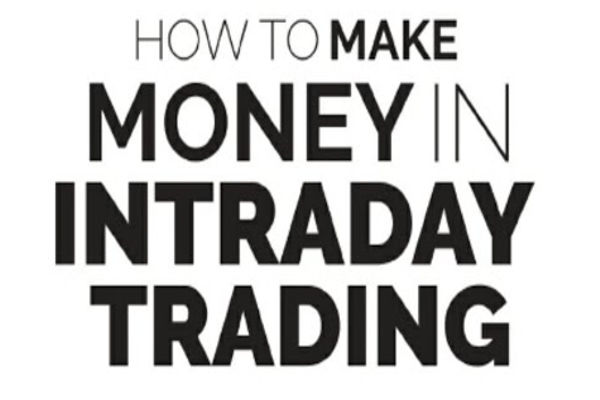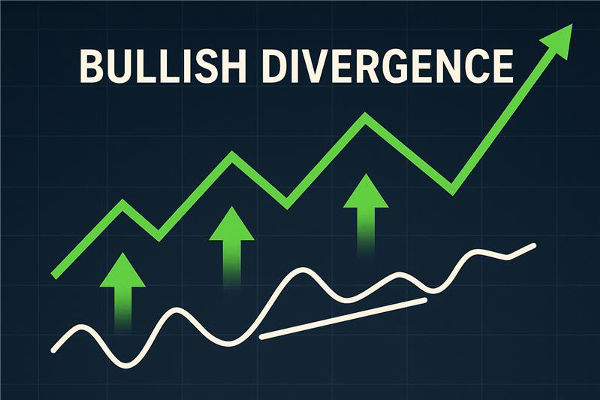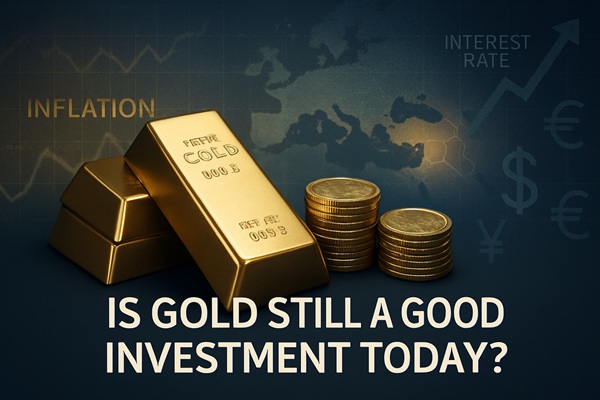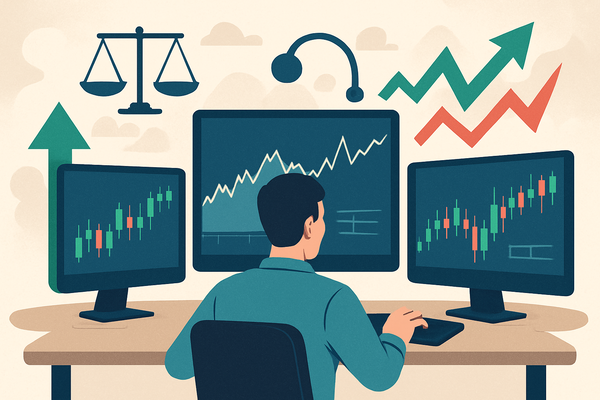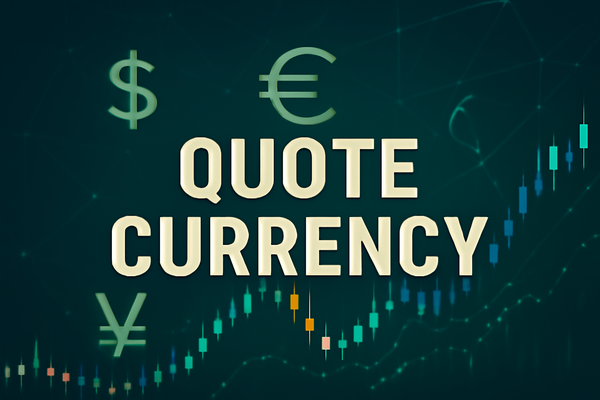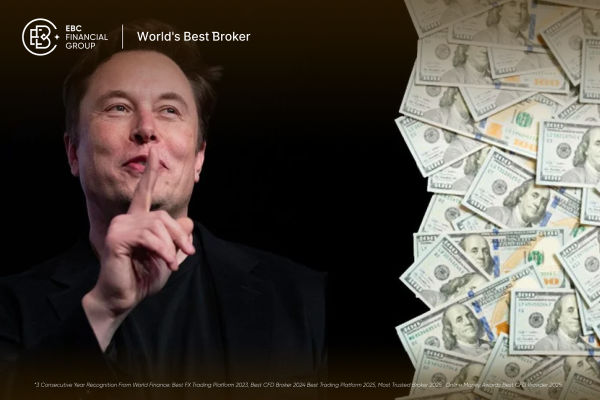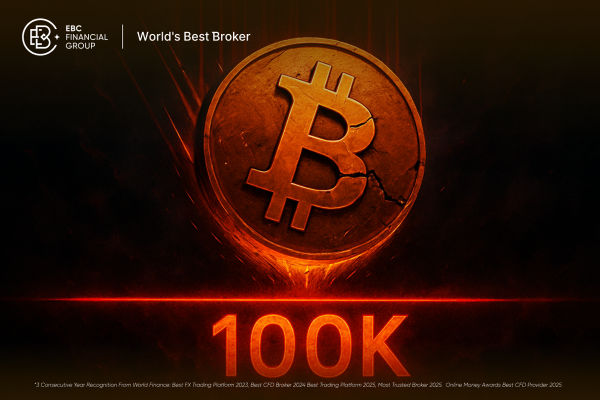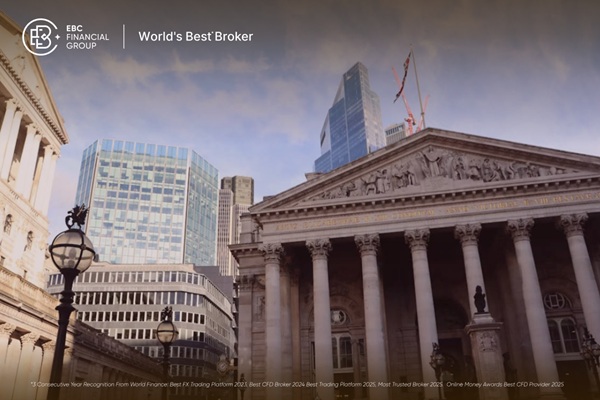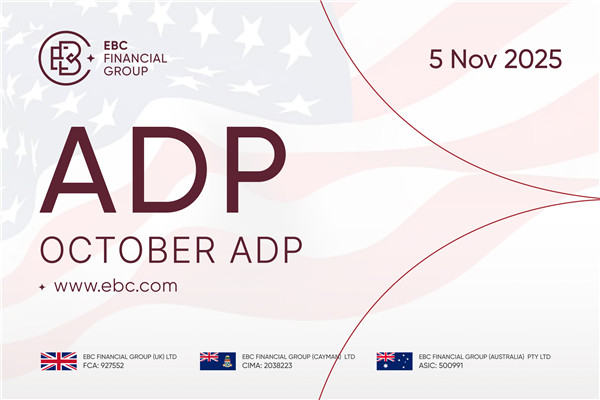For centuries, gold has captivated investors, monarchs, and markets alike—not just as a symbol of wealth, but as a powerful tool for preserving and growing capital. In today's financial landscape, gold remains a key asset, prized for its ability to weather economic storms, hedge against inflation, and reflect shifts in global sentiment. Whether markets are booming or in turmoil, gold consistently draws the attention of traders looking for both stability and opportunity. Understanding how and why gold moves is essential for anyone seeking to navigate its unique position at the crossroads of tradition and speculation.
Introduction to Gold Markets
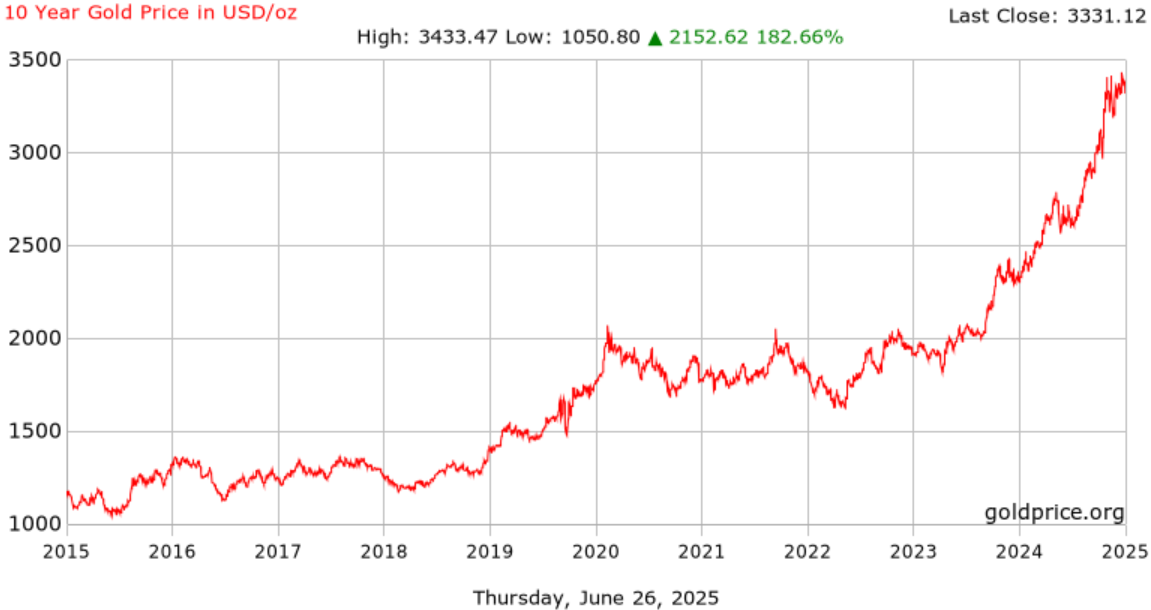 Gold trading refers to the buying and selling of gold with the aim of making a profit. Unlike investing in physical gold (such as coins or jewellery), trading gold typically involves speculation on price movements over the short or medium term.
Gold trading refers to the buying and selling of gold with the aim of making a profit. Unlike investing in physical gold (such as coins or jewellery), trading gold typically involves speculation on price movements over the short or medium term.
Gold is unique among commodities because it serves not only industrial and decorative purposes but also acts as a financial asset. It is both a safe haven in times of crisis and a speculative asset in bullish financial markets. This dual role is what makes gold one of the most actively traded instruments globally.
Historically, gold has acted as a hedge against inflation and currency devaluation, often rising in value when fiat currencies fall or when geopolitical risks surge. It is also closely watched by central banks and governments, adding to its complexity and allure.
Major Trading Instruments
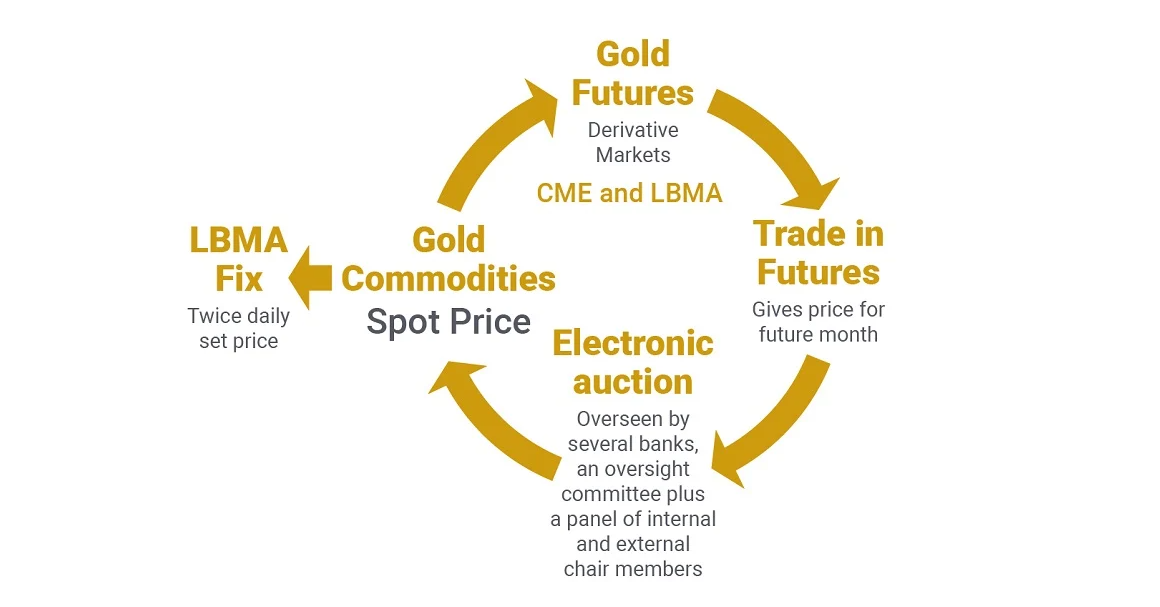 Gold can be traded through a variety of financial instruments. The most common include:
Gold can be traded through a variety of financial instruments. The most common include:
Key Market Drivers
Understanding what drives the price of gold is essential for any trader. Unlike equities or currencies, gold is influenced by a unique combination of factors:
US Dollar Strength: Gold is primarily priced in US dollars, so there's typically an inverse relationship—when the dollar weakens, gold tends to rise, and vice versa.
Interest Rates: Rising interest rates (especially real rates adjusted for inflation) can lower gold's appeal as it doesn't yield interest or dividends. Conversely, in a low-rate or negative-rate environment, gold becomes more attractive.
Geopolitical Tensions and Economic Uncertainty: Events such as wars, financial crises, or pandemics often trigger “flight to safety” behaviour, causing investors to flock to gold.
Supply and Demand Fundamentals: While secondary to macroeconomic factors, gold mining output, jewellery demand, and technological uses still play a role.
Platforms & Venues
Gold trading is conducted on both centralised exchanges and over-the-counter (OTC) markets:
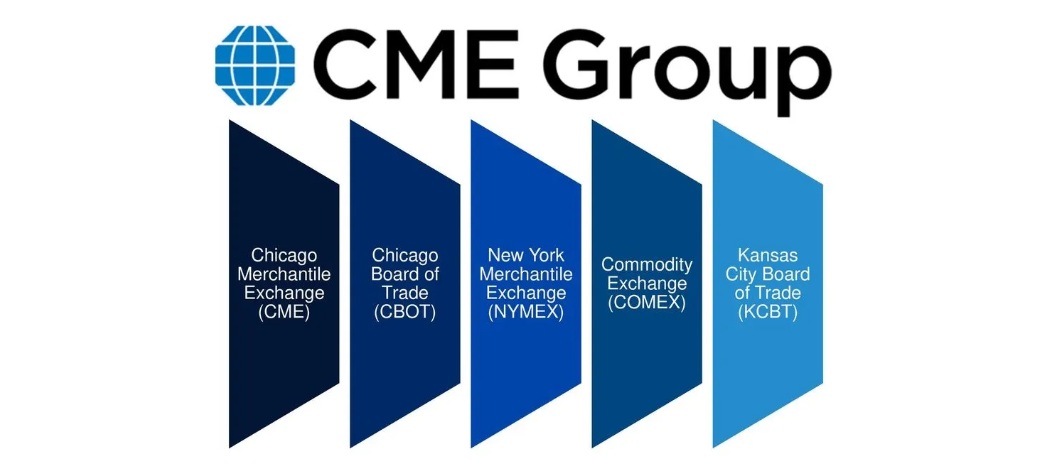
Each platform differs in terms of trading hours, leverage, minimum contract size, and liquidity, so it's important for traders to choose the one best aligned with their strategy and experience level.
Entry Requirements & Costs
Trading gold isn't just about predicting price movements; understanding the associated costs and requirements is equally crucial:
Regulatory Considerations: Reputable brokers are regulated by bodies like the FCA (UK), ASIC (Australia), or CFTC (US), which ensures a degree of protection for retail traders.
Conclusion
Gold trading is a dynamic and multifaceted arena that offers opportunities for profit, protection, and diversification. Whether approached through futures, ETFs, or spot markets, a solid understanding of the core instruments and market drivers is essential for success.
While the allure of gold trading is strong—particularly in uncertain times—so too are the risks. Beginners should start with a clear strategy, utilise risk management tools like stop-losses, and remain informed about global economic and political developments.
In an ever-shifting financial landscape, gold retains its role as both a timeless asset and a tactical trading vehicle—bridging the old world with modern market opportunities.
Disclaimer: This material is for general information purposes only and is not intended as (and should not be considered to be) financial, investment or other advice on which reliance should be placed. No opinion given in the material constitutes a recommendation by EBC or the author that any particular investment, security, transaction or investment strategy is suitable for any specific person.



 Gold trading refers to the buying and selling of gold with the aim of making a profit. Unlike investing in physical gold (such as coins or jewellery), trading gold typically involves speculation on price movements over the short or medium term.
Gold trading refers to the buying and selling of gold with the aim of making a profit. Unlike investing in physical gold (such as coins or jewellery), trading gold typically involves speculation on price movements over the short or medium term. Gold can be traded through a variety of financial instruments. The most common include:
Gold can be traded through a variety of financial instruments. The most common include:



